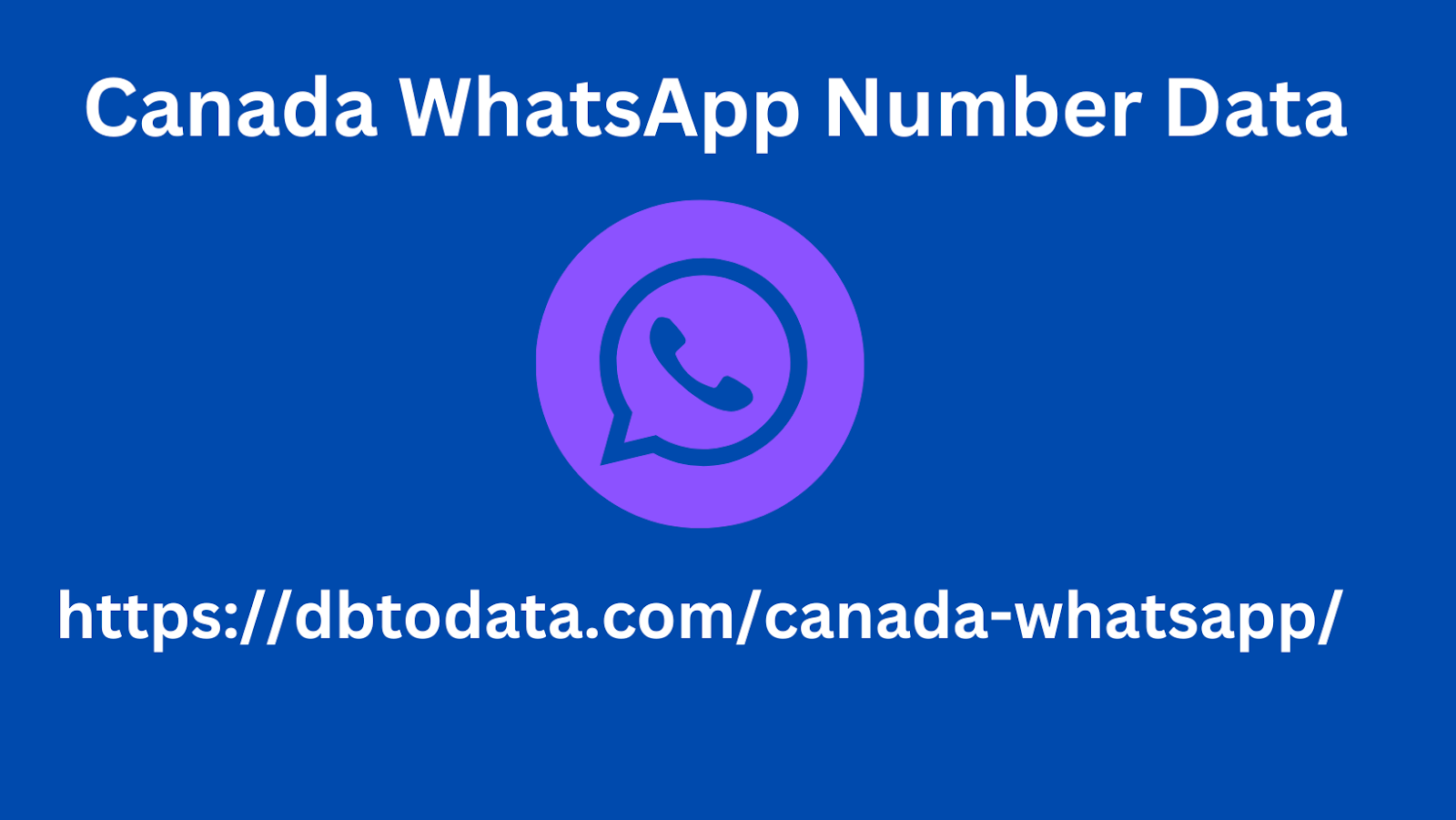|
|
Googlebot is given the same error, so that it too, knows the page isn’t there. Googlebot will then know not to index that page. A soft error differs from that as, while you still see the error on the page, Googlebot instead gets a OK message telling it that the page is there and loaded. This means that the search engines will continue to crawl this page and index it. This can happen because what’s on the page — the error message — isn’t related to the HTTP response from the server. Because of this, it is possible for a page to show content stating it is a page, while not sending the same message to the website crawlers.
What Causes a Soft Error? With soft errors, there isn’t just one cause. This, of course, can lead to some detective work when you’re trying to fix them. Here are just some of the reasons why you might have one or more soft errors on your site: Don’t tell Canada WhatsApp Number Data anyone we told you, but Google isn’t infallible. Sometimes they simply mark a page as a possible soft error, even when there isn’t anything wrong with it. There may be a temporary crawling error on the page. For example, if some of your scripts or CSS can’t be loaded, your page might temporarily display without the content.

You may have redirected site visitors to a page that’s not relevant, such as the home page of your site. You have pages with either no content at all or too little. With too little content, Google could assume that your page should have a code. If you use WordPress, for example, and you set up a series of tags, any empty tags that you haven’t used yet will show up as empty pages.These will generate a soft error. Can Soft Errors Harm SEO? The short answer to this is ‘yes’. If you’re seeing a lot of soft errors on your site, especially in relation to the number of pages you have overall, this will affect your SEO efforts.
|
|